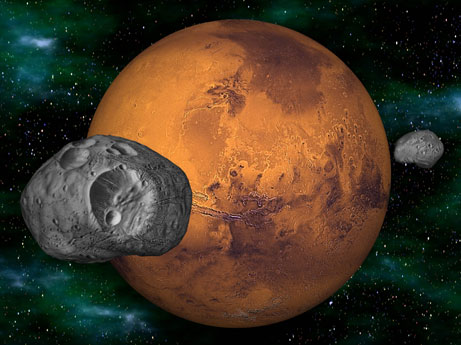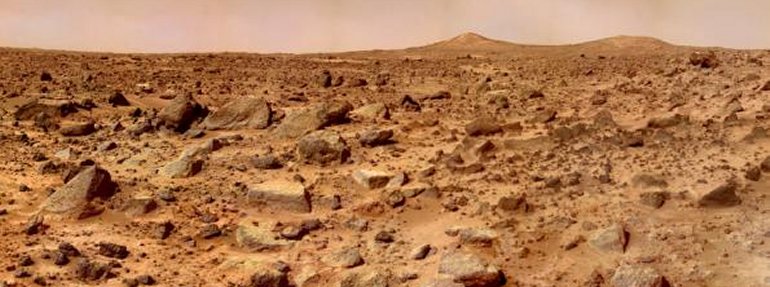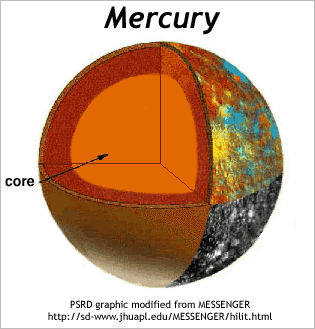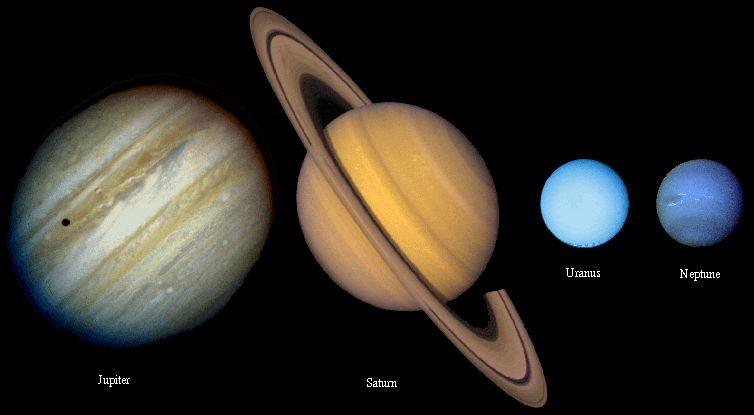
Since ancient times, the inventory of the solar system was clear and seemingly complete: a sun and, in addition to Earth, five planets, Mercury, Venus, Mars, Jupiter, and Saturn. Then came along one of those scientific busybodies that the eighteenth century produced in abundance. Johann Daniel Titius, or Tietz (1729–1796), a Prussian born in what is now Poland, poked his curious nose into everything.
He was a physicist, biologist, and astronomer who taught at the University of Wittenberg.
It occurred to him, in 1766, that the spacing of the planetary orbits from the sun followed a fairly regular mathematical sequence. He doubled a sequence of numbers beginning with 0 and 3, like this: 0, 3, 6, 12, 24, 48, and so on.
He added 4 to each number in the sequence, then divided each result by 10. Of the first seven answers Titius derived—0.4, 0.7, 1.0, 1.6, 2.8, 5.2, 10.0—six very closely approximated the relative distances from the sun, expressed in astronomical units (remember, an A.U. is the mean distance between the earth and the sun), of the six known planets.
No one paid much attention to Titius’s mathematical curiosity until another Prussian astronomer, Johann Bode (1747–1826), popularized the sequence in 1772. Neat as it was, the sequence, which became known as the Titius-Bode Law or simply Bode’s Law, is now generally thought to be nothing more than numerology. For one thing, there is no planet at 2.8 A.U. This gap would be filled later by the discovery of the asteroid belt at this location. While the rule gives a number that is close to Uranus, it breaks down for the positions of Neptune and Pluto. Since those planets had yet to be discovered, no one saw it as a problem. But what about the numbers beyond 10.0 A.U.? Did the Titius-Bode law predict other, as yet unknown, planets?
The people of our planet did not have to wait long for an answer. On March 13, 1781, the great British astronomer William Herschel, tirelessly mapping the skies with his sister Caroline, took note of what he believed to be a comet in the region of a star called H Geminorum. On August 31 of the same year, a mathematician named Lexell pegged the orbit of this “comet” at 16 A.U.: precisely the next vacant slot the Titius-Bode Law had predicted.
Herschel, with the aid of a telescope, had discovered the first new planet since ancient times.
Once the planet had been found, a number of astronomers began plotting its orbit. But something was wrong. Repeatedly, over the next half century, the planet’s observed positions did not totally coincide with its mathematically predicted positions. By the early nineteenth century, a number of astronomers began speculating that the new planet’s apparent violation of Newton’s laws of motion had to be caused by the influence of some as yet undiscovered celestial body—that is, yet another planet. For the first time, Isaac Newton’s work was used to identify the irregularity in a planet’s orbit and to predict where another planet should be. All good scientific theories are able to make testable predictions, and here was a golden opportunity for Newton’s theory of gravity.
On July 3, 1841, John Couch Adams (1819–1892), a Cambridge University student, wrote in his diary:
“Formed a design in the beginning of this week of investigating, as soon as possible after taking my degree, the irregularities in the motion of Uranus … in order to find out whether they may be attributed to the action of an undiscovered planet beyond it ….”
True to his word, in 1845, he sent to James Challis, director of the Cambridge Observatory, his calculations on where the new planet, as yet undiscovered, could be found. Challis passed the information to another astronomer, George Airy, who didn’t get around to doing anything with the figures for a year. By that time, working with calculations supplied by another astronomer (a Frenchman named Jean Joseph Leverrier), Johann Galle, of the Berlin Observatory, found the planet that would be called Neptune. The date was September 23, 1846.







 If you’ve ever been outside late at night looking to the south, chances are you’ve already seen the largest planet in the solar system, Jupiter. You may have thought that it was just a bright star, and that is exactly what the ancients thought, except that they realized it moved in a way unlike the other stars. Imagine Galileo’s surprise, then, in 1610, when he pointed a telescope at the planet and saw its surface and four smaller bodies orbiting it. His discovery would cause a good deal of upheaval in the way humans viewed themselves in the universe, and Galileo himself would end up in trouble with the Church. All this because of that wandering star in the sky. All of the planets are found near an imaginary arc across the sky that we call the ecliptic. Long before astronomers knew that the terrestrial planets shared common features, they knew that two of the “wanderers” that they watched were different. While Mercury and Venus never strayed far from the sun, and Mars moved in a fairly rapid path across the sky, Jupiter and Saturn moved ponderously, majestically across the stellar ocean. In that motion, we had a clue that the outer planets—those farthest from the sun—were unique long before we had telescopes. Mercury, Venus, and Mars may seem inhospitable, forbidding, and downright deadly, but our sister terrestrial planets have more in common with the earth than the giants of the solar system’s farthest reaches. The jovian planets are truly other-worldly, many times larger and more massive than the earth, yet less dense: They are balls of gas that coalesced around a dense core, accompanied by multiple moons and even rings. In recent years, thanks to the Hubble Space Telescope and planetary probes such as the Voyagers and Galileo, the jovian planets and their moons have given up some of their mysteries.
If you’ve ever been outside late at night looking to the south, chances are you’ve already seen the largest planet in the solar system, Jupiter. You may have thought that it was just a bright star, and that is exactly what the ancients thought, except that they realized it moved in a way unlike the other stars. Imagine Galileo’s surprise, then, in 1610, when he pointed a telescope at the planet and saw its surface and four smaller bodies orbiting it. His discovery would cause a good deal of upheaval in the way humans viewed themselves in the universe, and Galileo himself would end up in trouble with the Church. All this because of that wandering star in the sky. All of the planets are found near an imaginary arc across the sky that we call the ecliptic. Long before astronomers knew that the terrestrial planets shared common features, they knew that two of the “wanderers” that they watched were different. While Mercury and Venus never strayed far from the sun, and Mars moved in a fairly rapid path across the sky, Jupiter and Saturn moved ponderously, majestically across the stellar ocean. In that motion, we had a clue that the outer planets—those farthest from the sun—were unique long before we had telescopes. Mercury, Venus, and Mars may seem inhospitable, forbidding, and downright deadly, but our sister terrestrial planets have more in common with the earth than the giants of the solar system’s farthest reaches. The jovian planets are truly other-worldly, many times larger and more massive than the earth, yet less dense: They are balls of gas that coalesced around a dense core, accompanied by multiple moons and even rings. In recent years, thanks to the Hubble Space Telescope and planetary probes such as the Voyagers and Galileo, the jovian planets and their moons have given up some of their mysteries.

 Clearly visible on images produced by Martian probes are runoff and outflow channels,
Clearly visible on images produced by Martian probes are runoff and outflow channels,


























 A snapshot freezes an instant in time. When we think about our solar system, we usually assume that it has always been much as it is now, and always will be. But what we know of the solar system (4,000 years of accumulated knowledge) is only a mere snapshot in comparison to its 4.6 billion–year age. It took humankind millennia to reach the conclusion that our planet is part of a solar system, one of many planets spinning on its axis orbiting the sun. These were centuries of wrestling with the earth-centered planetary system first of Aristotle, then of Ptolemy, trying to make the expected planetary orbits coincide with actual observation. This knowledge arose in some sense as a side product of the real initial goals: to be able to predict the motion of the planets and stars for the purpose of creating calendars and (in some cases) as a means of fortune-telling. However, even the earliest astronomers (of whom we know) wanted to do more than predict the planets’ motions. They wanted to know what was “really” going on. When Copernicus, Galileo, Tycho Brahe, and Kepler finally succeeded in doing this quite well in the sixteenth and seventeenth centuries, it was a momentous time for astronomy and human understanding.
A snapshot freezes an instant in time. When we think about our solar system, we usually assume that it has always been much as it is now, and always will be. But what we know of the solar system (4,000 years of accumulated knowledge) is only a mere snapshot in comparison to its 4.6 billion–year age. It took humankind millennia to reach the conclusion that our planet is part of a solar system, one of many planets spinning on its axis orbiting the sun. These were centuries of wrestling with the earth-centered planetary system first of Aristotle, then of Ptolemy, trying to make the expected planetary orbits coincide with actual observation. This knowledge arose in some sense as a side product of the real initial goals: to be able to predict the motion of the planets and stars for the purpose of creating calendars and (in some cases) as a means of fortune-telling. However, even the earliest astronomers (of whom we know) wanted to do more than predict the planets’ motions. They wanted to know what was “really” going on. When Copernicus, Galileo, Tycho Brahe, and Kepler finally succeeded in doing this quite well in the sixteenth and seventeenth centuries, it was a momentous time for astronomy and human understanding.
